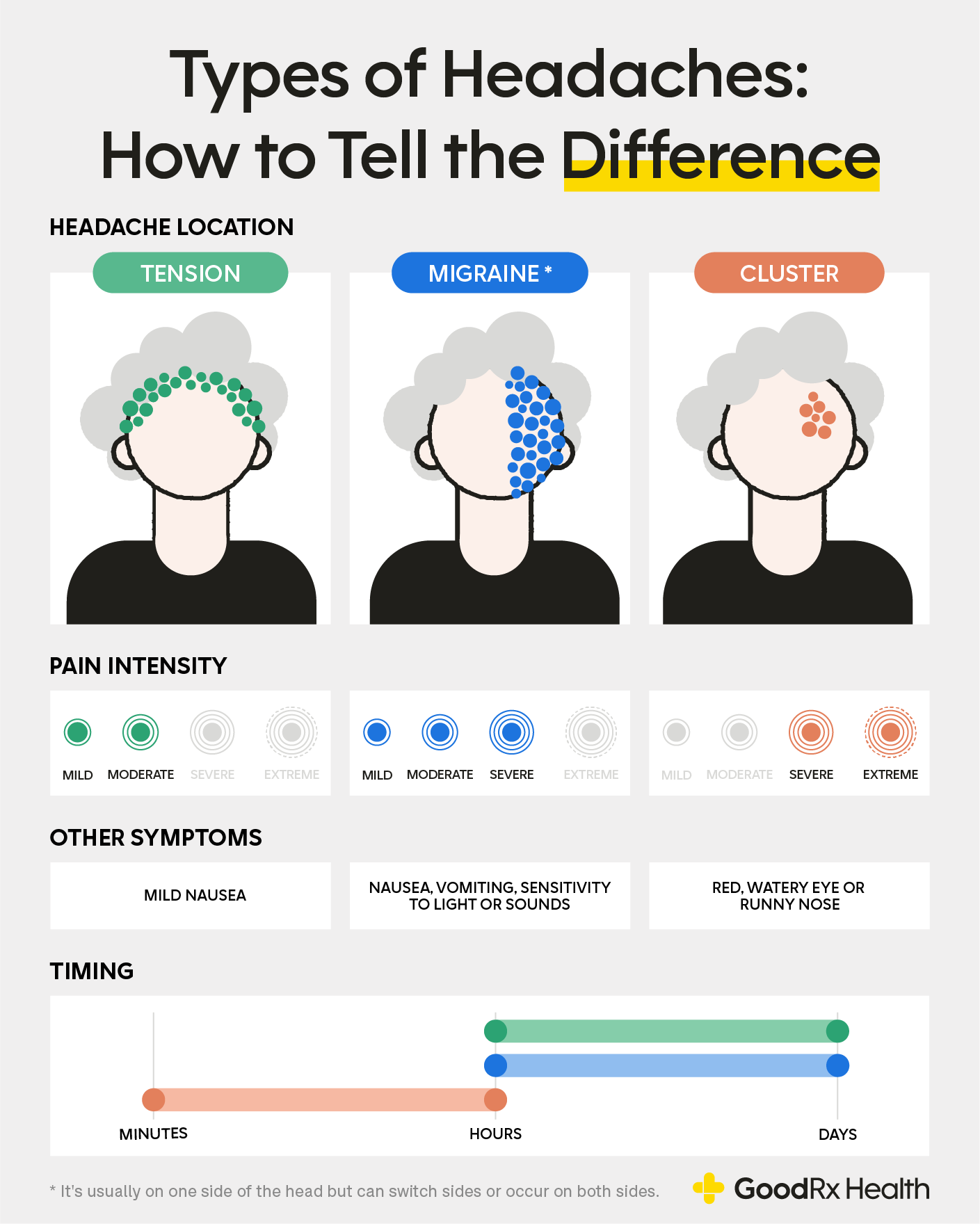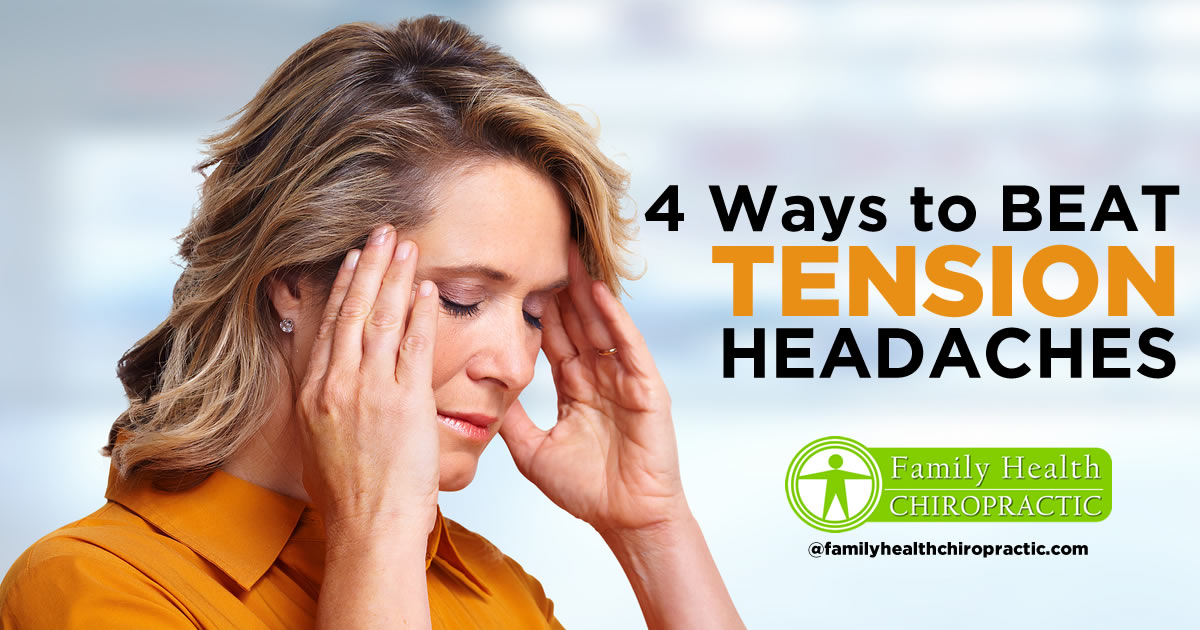Topic how to ease a pressure headache: Discover effective strategies to alleviate pressure headaches with our comprehensive guide, offering immediate relief techniques and long-term management tips to enhance your well-being and prevent future discomfort.
Table of Content
- Understanding Pressure Headaches
- Immediate Relief Strategies
- Long-Term Management Techniques
- What are some natural ways to ease a pressure headache?
- YOUTUBE: 7 Pressure Points to Relieve Your Headache
- Lifestyle Adjustments for Headache Prevention
- When to Seek Professional Help
- Mindfulness and Relaxation Exercises
- Physical Therapy and Exercise
- Alternative Remedies and Supplements
- Navigating Over-the-Counter Medications
- Creating a Headache Management Plan
Understanding Pressure Headaches
Pressure headaches, often referred to as tension-type headaches, can manifest as a constant, dull ache around the forehead, temples, or back of the head and neck. They might be episodic, linked to stress, or chronic, occurring more frequently.
Effective Relief Strategies
- Manage Stress: Minimize exposure to stressful situations and adopt relaxation techniques such as deep breathing or visualization to keep stress levels under control.
- Adjust Your Lifestyle: Limit caffeine intake as excessive consumption can lead to headaches. Similarly, smoking cessation is crucial as nicotine can trigger headaches.
- Physical Therapy: Regularly stretching and exercising can alleviate muscle tension in the neck and shoulders, a common cause of pressure headaches.
- Optimize Your Environment: Take breaks during long periods of driving or screen time to prevent strain. Adjusting your sleep posture can also help.
- Over-the-Counter Medications: For episodic headaches, aspirin, ibuprofen, or acetaminophen may offer relief. However, it"s important to use them responsibly to avoid overuse headaches.
- Explore Drug-Free Treatments: Consider alternative treatments like massage therapy, chiropractic adjustments, or acupuncture for relief without the side effects associated with medications.
Additional Tips
- Keeping a headache diary can help identify triggers and patterns, aiding in the prevention of future episodes.
- If jaw clenching is a problem, consulting a dentist for potential TMJ solutions, like a mouth guard, may be beneficial.
Implementing these strategies can significantly reduce the impact of pressure headaches on your daily life, improving your overall health and well-being.
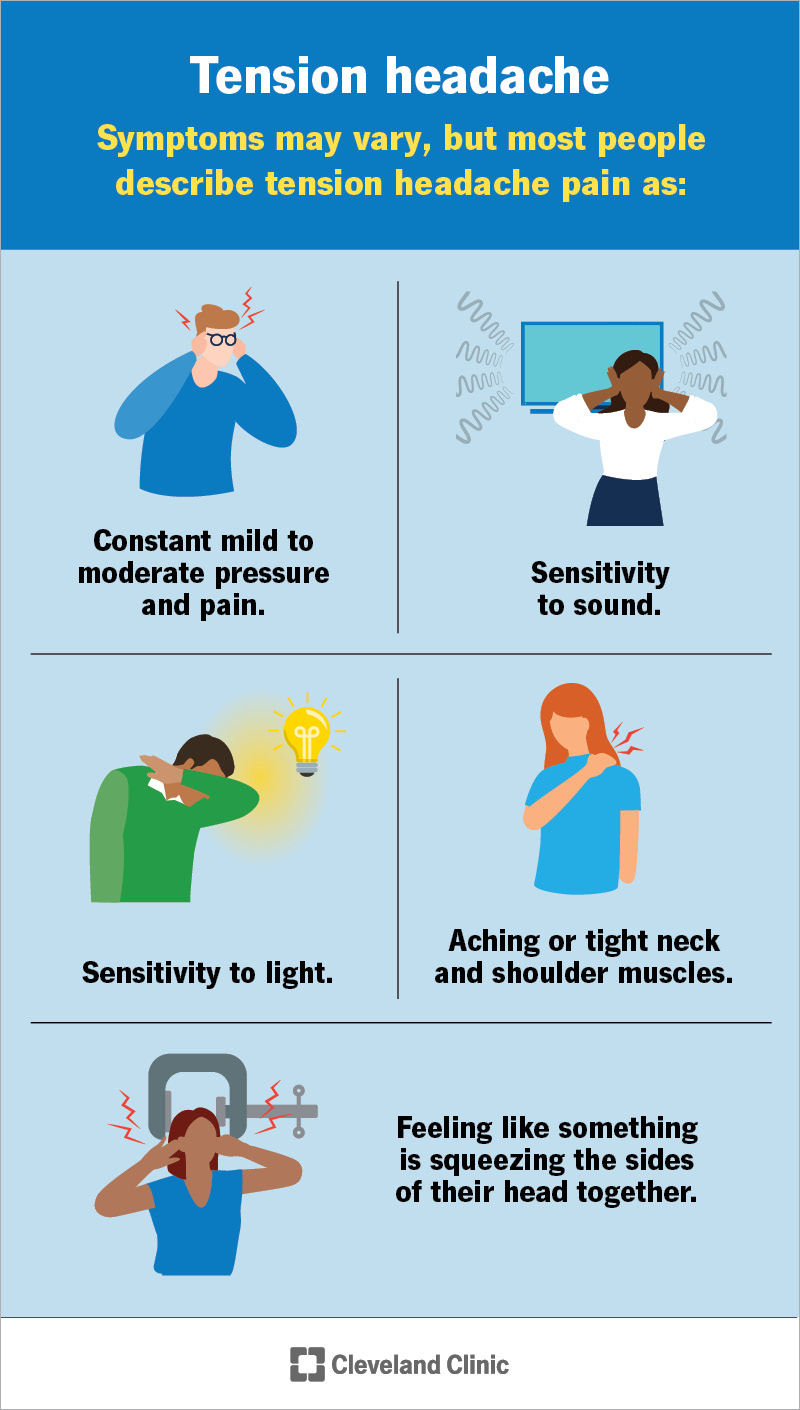
READ MORE:
Immediate Relief Strategies
Immediate relief from pressure headaches, often referred to as tension-type headaches, can be achieved through a combination of strategies aimed at reducing muscle tension and managing stress. These headaches can envelop your head like a tight band, causing discomfort and disruption to your daily activities. However, several immediate interventions can help alleviate this pain.
- Heat and Cold Therapy: Applying heat to tense neck and shoulder muscles using a heating pad, hot water bottle, or warm compress can offer relief. Similarly, applying ice or a cool washcloth to the forehead can help ease headache pain.
- Medication: Over-the-counter pain relievers like aspirin, ibuprofen, or acetaminophen can be effective for episodic tension headaches.
- Stress Management: Minimizing stress through relaxation techniques or changing your environment can reduce headache frequency and intensity.
- Physical Activity and Breaks: Regular exercise and taking breaks from prolonged activities, such as looking at screens or driving, can prevent the onset of headaches.
- Posture and Sleep: Improving your posture and adopting a neck-supportive sleeping position can prevent muscle strain that leads to headaches.
- Massage and Physical Therapy: Massaging tender spots or trigger points in your neck and shoulders can provide immediate relief. Consider seeing a therapist for chronic issues.
- Dental Check: For those clenching their jaw, consulting a dentist about temporomandibular joint (TMJ) syndrome and getting a suitable mouth guard might help.
These strategies not only offer immediate relief but can also contribute to a long-term reduction in headache frequency and severity. For persistent or severe headaches, it"s important to consult healthcare professionals to explore underlying causes and tailored treatment plans.
Long-Term Management Techniques
Managing tension headaches over the long term involves a multifaceted approach that focuses on lifestyle adjustments, stress management, and preventive strategies. Here are some techniques and tips that can help you manage and reduce the frequency of tension headaches:
- Minimize Stress: Stress is a significant trigger for tension headaches. Strategies to reduce stress include simplifying your schedule, taking breaks when needed, practicing deep breathing or meditation, maintaining a positive attitude, and letting go of things you cannot control.
- Exercise Regularly: Physical activity can help prevent headaches by reducing stress and improving overall health. Start with gentle exercises and gradually increase intensity to avoid sudden, intense workouts that might trigger a headache.
- Maintain Healthy Sleep Habits: Lack of sleep can exacerbate tension headaches. Aim for 7-9 hours of quality sleep per night and try to keep a consistent sleep schedule.
- Eat a Balanced Diet: Eating regular, nutritious meals helps prevent headaches. Include plenty of fruits, vegetables, and whole grains in your diet.
- Stay Hydrated: Dehydration can trigger headaches. Make sure to drink plenty of water throughout the day.
- Limit Caffeine and Alcohol: Too much caffeine or alcohol can lead to headaches. Moderation is key.
- Avoid Smoking: Nicotine in cigarettes can reduce blood flow to the brain and trigger headaches.
- Practice Good Posture: Poor posture can contribute to muscle tension and headaches. Work on maintaining good posture, especially if you sit for long periods.
- Relaxation Techniques: Techniques such as yoga, meditation, and biofeedback can help manage stress and reduce the frequency of headaches.
- Headache Diary: Keep a diary to track your headaches and identify potential triggers. This can help you and your healthcare provider develop a personalized management plan.
- Conservative Therapies: Consider massage, acupuncture, or physical therapy to help relieve muscle tension and reduce headache frequency.
- Medication Management: If you use over-the-counter pain relief medicines, do so wisely to avoid rebound headaches. Your doctor may recommend other medications for prevention or management.
Implementing these long-term management techniques can significantly reduce the frequency and intensity of tension headaches. However, if your headaches persist or worsen, consult with a healthcare professional for further evaluation and tailored advice.
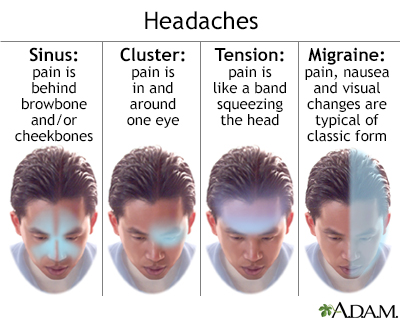
What are some natural ways to ease a pressure headache?
To ease a pressure headache, you can try the following natural remedies:
- Apply heat to relieve tense neck and shoulder muscles.
- Use a heating pad on the affected areas.
- Take hot or cold showers or baths to relax the muscles.
- Practice relaxation techniques such as deep breathing or meditation.
- Stay hydrated by drinking plenty of water throughout the day.
- Try to get enough rest and sleep to help reduce stress and tension.
- Eat a healthy and balanced diet rich in fruits, vegetables, and whole grains.
- Avoid triggers such as loud noises, bright lights, and certain foods.
- Consider gentle exercises like yoga or stretching to improve posture and relieve muscle tension.
7 Pressure Points to Relieve Your Headache
Discover the ancient art of pressure points in this fascinating video. Learn how gentle yet precise pressure on specific points of the body can alleviate stress and promote relaxation. Enhance your well-being today!
Lifestyle Adjustments for Headache Prevention
Maintaining a healthy lifestyle can significantly impact headache prevention. Incorporating simple, daily habits can help manage and reduce the frequency of headaches. Here are some key lifestyle adjustments you can make:
- Stay Hydrated: Dehydration is a common trigger for headaches. Ensure you drink plenty of water throughout the day. Aim for at least one full glass of fluid with each meal and additional glasses upon waking and before sleep.
- Maintain a Consistent Sleep Schedule: Poor or irregular sleep can trigger headaches. Try to go to bed and wake up at the same time every day, even on weekends, to regulate your sleep cycle.
- Regular Aerobic Exercise: Activities like walking, swimming, or cycling improve overall health and can reduce the frequency of headaches. Consider incorporating high-intensity interval training (HIIT) for added benefits.
- Manage Caffeine Intake: Too much or inconsistent caffeine consumption can lead to headaches. Try to consume the same amount of caffeine daily, or none at all, to avoid triggers.
- Eat Regular, Balanced Meals: Skipping meals can trigger headaches. Maintain a regular eating schedule, ensuring you have a nutritious breakfast and consistent meal times throughout the day.
- Practice Good Posture: Poor posture can contribute to tension and headaches. Take breaks to stretch and ensure your work and relaxation environments support good posture.
- Limit Screen Time and Take Breaks: Excessive time in front of screens can strain your eyes and lead to headaches. Remember to take regular breaks and practice the 20-20-20 rule: every 20 minutes, look at something 20 feet away for at least 20 seconds.
- Magnesium Supplements: Some people find relief from headaches with daily magnesium supplements, but it"s important to choose a type that doesn"t upset your digestive system.
- Stress Management: High stress levels can trigger headaches. Incorporate relaxation techniques such as deep breathing, meditation, or yoga into your daily routine.
- Avoid Known Triggers: If certain foods, activities, or environments trigger your headaches, try to avoid them as much as possible.
Adapting these lifestyle adjustments can not only help in preventing headaches but also improve your overall well-being.
Tension Headache Exercises: Stress Headache Relief in 4 Minutes
Say goodbye to tension headaches with these simple and effective exercises. Watch the video to learn targeted movements and stretches that can help release tight muscles and ease the discomfort of tension headaches. Feel better in no time!
When to Seek Professional Help
If your headaches are disrupting your life or if you experience any of the following symptoms, it"s important to seek immediate medical attention:
- A very severe, sudden headache
- Headache following a head injury or fall
- Fever, stiff neck, rash, confusion, seizure, double vision, weakness, numbness, or difficulty speaking
- Pain that worsens despite treatment
These symptoms could indicate a more serious condition. Consulting a healthcare professional can provide you with a diagnosis and appropriate treatment to manage your symptoms effectively.

Mindfulness and Relaxation Exercises
Integrating mindfulness and relaxation exercises into your routine can significantly alleviate the intensity and frequency of pressure headaches. These practices promote relaxation, reduce stress, and enhance your overall well-being, making them effective non-pharmacological approaches to managing headaches. Here are some techniques to help you get started:
- Diaphragmatic Breathing: Focus on breathing deeply through your nose, allowing your lungs to fill completely, and then exhale slowly through your mouth. This technique helps to oxygenate your blood, relax your muscles, and reduce tension.
- Square Breathing: This involves inhaling through your nose for a count of four, holding your breath for four, exhaling through your mouth for four, and pausing for four before starting again. Square breathing can help calm the nervous system and is especially useful in stressful situations.
- Progressive Muscle Relaxation: Concentrate on tensing each muscle group as you breathe in, and relaxing them as you breathe out. Starting from your toes and working your way up to your head or vice versa can significantly reduce physical stress and muscle tension.
- Visualization: Imagine being in a peaceful setting, focusing on the sensory experiences of that setting, such as the smell of the ocean or the warmth of the sun. Visualization helps divert your mind from stress, promoting relaxation.
- Mindful Activities: Engage in activities that encourage mindfulness, such as yoga, meditation, tai chi, or simply taking a peaceful walk. Mindfulness practices help ground your thoughts in the present moment, reducing stress and its physical manifestations.
Regular practice of these techniques, for about 20 minutes daily, can provide significant relief from headaches. However, even short sessions can be beneficial. Find the activities that work best for you and incorporate them into your daily life for maximum benefit.
Remember, these mindfulness and relaxation exercises are not only tools for managing headaches but also effective ways to improve overall health and stress management.
Physical Therapy and Exercise
Engaging in physical therapy and exercise is an effective way to manage and alleviate pressure headaches. These strategies focus on improving posture, enhancing muscle strength, and reducing stress, which all contribute to headache relief.
Exercise Techniques for Relief
- Shoulder Blade Squeeze: This exercise involves keeping your elbows by your sides, squeezing your shoulder blades together, then moving your hands out to the side away from your body and holding the position for 5 seconds before slowly bringing your hands back in.
- SCM Stretch: Aimed at improving the flexibility of the neck muscles, this stretch is performed by holding down the top of your collar bone with the opposite hand, tilting and rotating your head to the side, and holding for about 30 seconds. Repeat on both sides.
- Pec Stretches: To improve the flexibility of your chest muscles and reduce shoulder slouching, stand with one arm against a doorway at shoulder height, step forward and turn slightly in the opposite direction, holding for 30 seconds.
Benefits of Physical Therapy
Physical therapy offers a tailored approach to headache management, emphasizing the importance of posture correction, muscle strengthening, and lifestyle adjustments to reduce headache frequency and intensity. By improving neck mobility and reducing muscle tension, physical therapy can significantly enhance your quality of life.
For personalized guidance, it"s advisable to consult with a physical therapist who can design a program specifically for your needs. This can include manual therapy to increase joint and muscle movement, exercises to strengthen muscles for better posture and stability, and tips for workstation modification to prevent strain and stress.
Regular engagement in these practices, along with professional guidance from a physical therapist, can lead to long-term improvements in managing pressure headaches.
:max_bytes(150000):strip_icc()/migraine-relief-pressure-points-5205811-FINAL-cdc9e0d051cb460bac8baa98bc01954f.jpg)
Alternative Remedies and Supplements
Exploring alternative remedies and supplements can provide additional relief and prevention methods for pressure headaches and migraines. It"s essential to consult with a healthcare provider to ensure these treatments align with your overall health plan. Below are some non-medication options:
- Behavioral Therapies: Techniques such as cognitive-based therapy, biofeedback, relaxation, and mindfulness-based therapy can reduce migraine frequency by 35% to 50%. These methods help manage stress, which is a common trigger for headaches.
- Neuromodulation Devices: For those unable to take medications, neuromodulation devices offer an alternative. These devices require a discussion with a doctor to determine suitability.
- Vitamins and Supplements: Regular sleep, exercise, and certain supplements can be effective parts of a migraine management plan. However, it"s important to speak with a healthcare provider before starting any new supplement to avoid negative interactions.
Remember, what works for one person may not work for another. Tailoring these alternative approaches to your specific needs and medical history is crucial for effectiveness and safety.
Navigating Over-the-Counter Medications
When dealing with pressure headaches, over-the-counter (OTC) medications can be a convenient and effective way to find relief. However, it"s important to choose the right type and be aware of potential side effects. Here"s a guide to help you navigate your options:
- Aspirin (e.g., Bayer®, Bufferin®, Ecotrin®) is useful for fever and pain, but it may cause heartburn, gastrointestinal bleeding, and other side effects. It should not be given to children under 14 due to the risk of Reye’s syndrome.
- Acetaminophen (e.g., Tylenol®) can relieve fever and pain with minimal side effects when used as directed. It"s crucial to follow the recommended dosage to avoid liver damage.
- Ibuprofen (e.g., Advil®, Motrin IB®) and Naproxen (e.g., Aleve®) are nonsteroidal anti-inflammatory drugs (NSAIDs) effective for fever, pain, and inflammation but can cause gastrointestinal upset and other side effects.
Some OTC medications combine ingredients for added effectiveness. Examples include Excedrin Migraine, which combines acetaminophen, aspirin, and caffeine. While caffeine can enhance the effectiveness of these medications, overuse can lead to medication overuse headache (MOH), a condition where headaches become more frequent or severe.
It"s essential not to exceed the recommended dosage and frequency of use for OTC medications. Using them more often than recommended can lead to MOH, characterized by headaches on more than half the days of the month. To prevent this, limit the use of simple analgesics and combination pain relievers to the recommended days per month.
If OTC medications are ineffective, or if you find yourself relying on them more than once per week, it may be time to consult a healthcare provider for alternative treatment options or prescription medications.
Remember, combining different OTC medications without the advice of a healthcare specialist is not recommended. Instead, consider pairing medication with non-pharmacological remedies like an ice pack or menthol rub for additional relief.
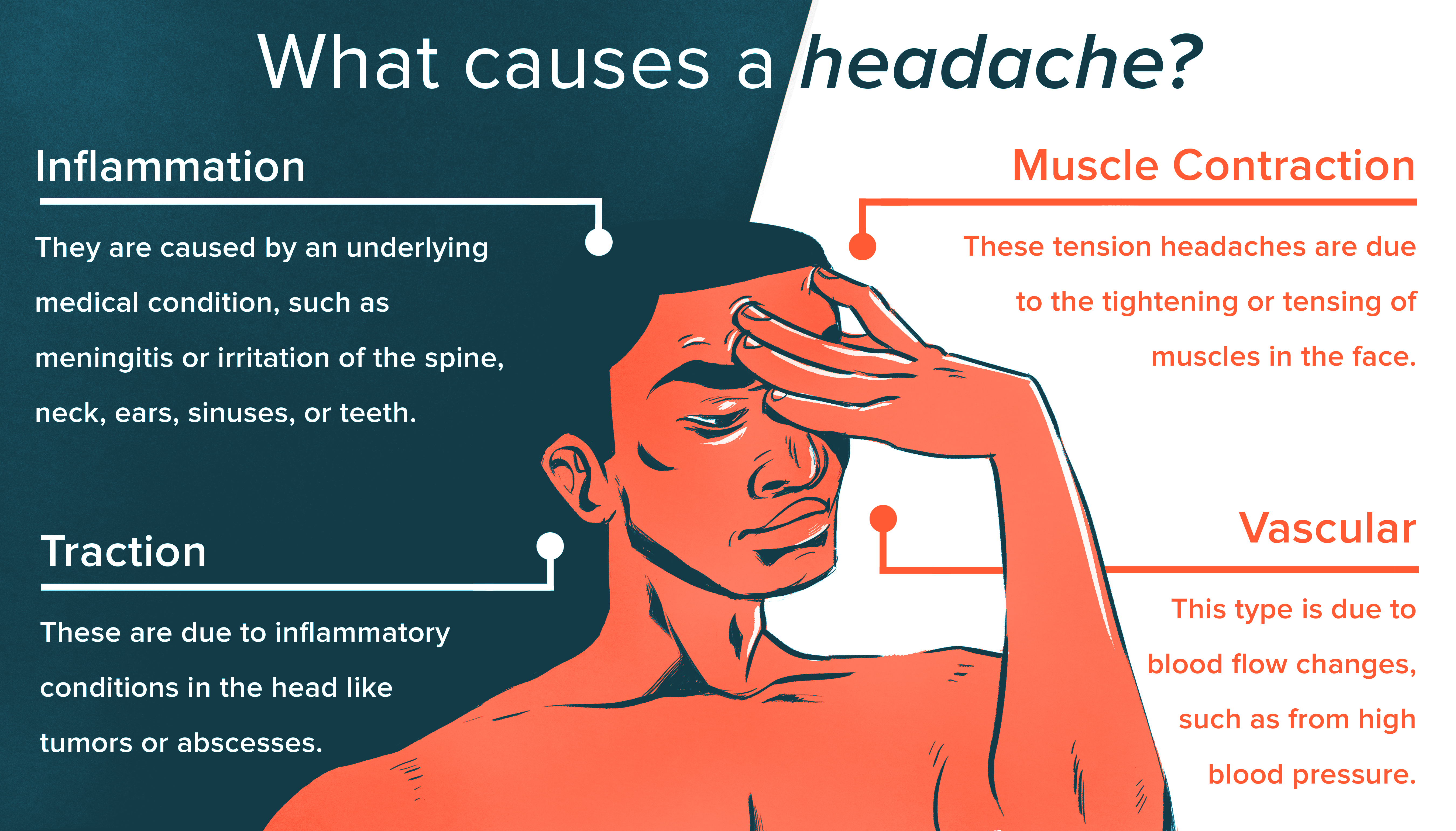
READ MORE:
Creating a Headache Management Plan
Developing a comprehensive headache management plan is crucial for those suffering from frequent headaches. This plan involves several key steps, tailored to your unique situation, to help manage and potentially reduce the frequency and severity of headaches. Below are steps recommended by experts:
- Understand and Diagnose Your Headache: Identifying the type of headache you experience is the first step. Keeping a detailed diary noting when headaches occur, their intensity, duration, and possible triggers can be invaluable. This information assists healthcare providers in making an accurate diagnosis and recommending appropriate treatment strategies.
- General Approaches to Management: Lifestyle changes, such as regular exercise, stress management, and a consistent eating schedule, can significantly impact headache frequency and severity. Identifying and avoiding triggers is also crucial. Medications, both over-the-counter and prescription, play a role in acute and preventive treatment.
- Work Closely with Your Doctor: Collaborating with your healthcare provider is essential for tailoring treatment to your specific needs. This may include trying different medications or therapies to see what works best for you.
- Review and Adjust Your Lifestyle: Lifestyle factors such as stress, diet, sleep, and physical activity levels can all affect headache patterns. Making positive changes in these areas can improve your overall health and reduce headache episodes.
- Educate Yourself: Learning more about headache types, triggers, and treatments can empower you to take an active role in your care. Resources from organizations like Headache Australia offer valuable information.
- Regularly Update Your Plan: Headache management is an ongoing process. Regularly reviewing and adjusting your plan in partnership with your healthcare provider ensures that your treatment remains effective over time.
- Lifestyle Changes for Long-term Benefit: Adopting a healthy lifestyle and managing stress effectively can reduce the need for medications and improve your quality of life.
- Plan for the Future: Anticipating how headaches might affect your life and having strategies in place can minimize their impact. This includes having medications on hand and knowing what to do when a headache begins.
Remember, the goal of a headache management plan is to reduce the impact of headaches on your life, allowing you to enjoy a better quality of life. It"s a personalized approach that may require adjustments over time as your needs and circumstances change.
Embark on a journey to ease your pressure headache with our comprehensive guide. Discover a blend of immediate relief strategies, long-term management techniques, and lifestyle adjustments designed to empower you and enhance your well-being.
:max_bytes(150000):strip_icc()/VWH_Illustration_How-to-Treat-and-Prevent-Migraine-Hangover_Illustrator_Jessica-Olah_Final-8cf16c44f2574177b90c61ca24441616.jpg)

:max_bytes(150000):strip_icc()/VWH_Illustration_Getting-Rid-of-a-Migraine_Illustrator_Ellen-Lindner_Final-a245985cbf4645a7874d573991fb6cbb.jpg)
